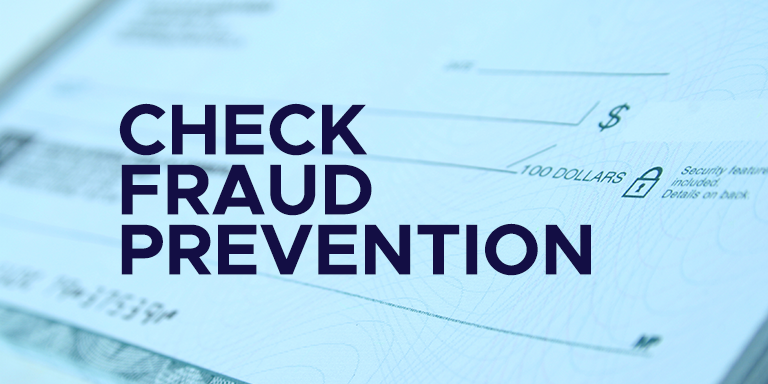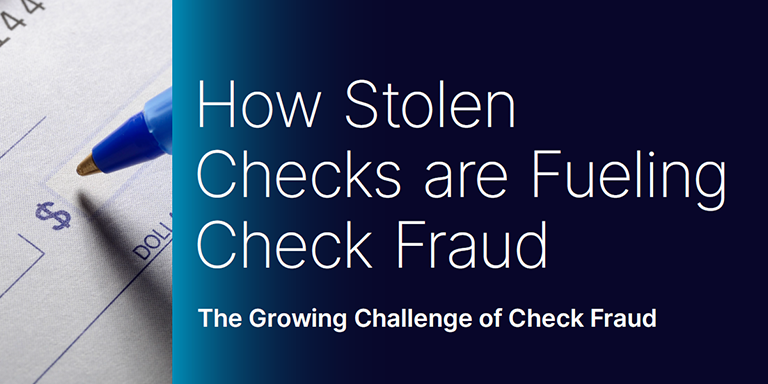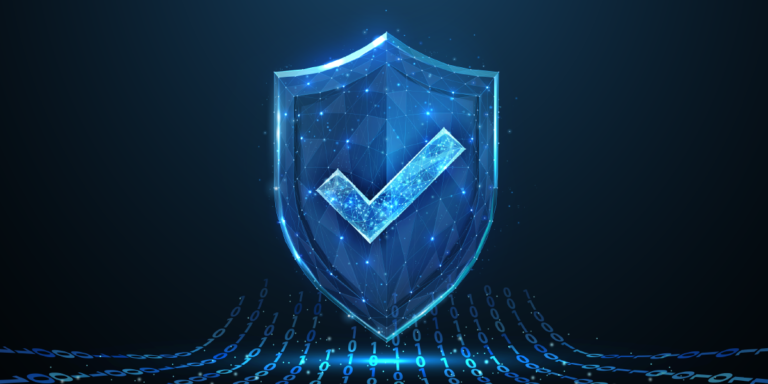This post was an article contribution by Brad Kvederis, Marketing and Research Manager at Digital Check.
If you follow the news about financial services and payments, there’s a good chance you’ve noticed a great deal more activity lately around the subject of check fraud. While there’s a lot of evidence suggesting this isn’t a problem specific to checks, so much, as a symptom of skyrocketing fraud overall (scroll down to see statistics and resources), banks and credit unions still need to protect themselves.
As a manufacturer of check-processing hardware for the teller window, we have a keen interest in check fraud, and in how to prevent it. Let’s talk about what we believe are three of the biggest things any financial institution can do to nip check fraud in the bud:
- Customer education (avoiding careless behavior!)
- ID scanning – deterrent and identity fraud prevention
- Check image analysis
Training Your Customers: The First Line of Defense
The most effective time to stop any kind of fraud is before it gets started in the first place – which means keeping your customers’ account information out of the bad guys’ hands. For some reason, people are hyper-aware of security threats when it comes to electronic payments and identity fraud. But when checks are involved, they often pay about the same attention to security as they would with any other piece of paper.
Perhaps it’s because electronic fraud is interesting and evokes strong emotions – the idea of being constantly stalked by sinister gangs of high-tech thieves will put you on high alert, but a check is just a boring piece of paper meant for older generations.
One of the main reasons for check fraud is that people’s behavior, not the documents themselves, have made them an easy target.
Think about the way that most of us treat credit cards. We’re careful who we give them to; we’re on the lookout for suspicious readers or skimmers; we check our balances and transaction histories frequently; and we don’t just leave them lying around. We probably wouldn’t just stick a credit card in an envelope and leave it outside in a mailbox overnight. But swap that card for a paper check, and suddenly those barriers start coming right down.
On the most basic level, there’s not a whole lot of difference between a check and a card security-wise: If a bad actor gets his hands on one and steals the account information, he can use it to steal money. As a financial institution, the most important thing you can do for your customers is to get them into the mentality of taking security just as seriously with checks as they do with cards. The goal should be for the customer to ask, every time they’re about to make a deposit or a payment by check: “Would I feel comfortable handling it this way if it was a card?”
ID scanning: Stopping Identity Fraud Before It Starts
A relatively new development in the branch is the availability of accurate, real-time ID scanning that makes it possible to run security tests on the customer’s driver’s license or other ID at a reasonable cost. Two of the main ways that thieves commit identity fraud are: 1) Impersonating a legitimate customer and stealing money from his or her account; or 2) Inventing a fictitious identity that can either facilitate that type of theft or serve as a cover for related scams that target the institution itself, such as check kiting.
One of the simplest ways that ID scanning stops identity fraud is by allowing you to keep a copy of the customer’s original ID on file and pull it up on subsequent transactions. Impostors frequently show up with fake IDs that match someone else’s name and address, but the one thing they can’t control is whether they match the real customer’s appearance. That simple, in-house test is remarkably effective at preventing the “your ID with my picture on it” scam.
And of course, more detailed validation that tests the 2D barcode, or even runs the barcode information through official databases, is a powerful deterrent against outright fakes and forgeries.
How will these steps help against check fraud specifically? Consider the following statistics from FinCEN’s analysis of the mail theft epidemic from 2021-23:
FinCEN identified three primary outcomes after checks were stolen from the U.S. Mail: (a) 44 percent were altered and then deposited; (b) 26 percent were used as templates to create counterfeit checks; and (c) 20 percent were fraudulently signed and deposited. Check manipulation methodologies ranged in sophistication, and many perpetrators tried to avoid interaction with bank personnel.
When bad actors get their hands on one of your customers’ checks, almost two-thirds of the time – groups (a) and (c) – there’s likely a case of identity fraud taking place alongside the check fraud. And pay special attention to the last line of that statement: “many perpetrators tried to avoid interaction with bank personnel.”
How effective is ID scanning at heading off would-be fraudsters? A field study by our friends at IDScan.net showed that simply having an ID scanning machine present scared away more than half the people with fraudulent IDs before they even attempted to use them. Similar anecdotes from pilot programs in financial institutions tell the same story – having a machine scan IDs is far and away the most effective countermeasure against identity fraud, even if you aren’t actually running any tests on the IDs at all.
Fraud-Fighting Software
Despite your best efforts, it has to be assumed that some percentage of altered checks and forgeries will make it into your processing queue, and at that point it’s largely up to the machines to catch as many of them as they can.
As far as check scanners go, one of the more common tells that a check might be fake is a magnetic MICR line that’s out-of-spec or completely absent. It’s easy to whip up a pretty believable replica of a check using off-the-shelf photo editing software, but few fraudsters possess the tools or the know-how to print the numbers at the bottom in magnetic ink, let alone in the right intensity. Unfortunately, these days quite a few legitimate checks also have missing MICR, including self-printed checks and some cheaply made checks from third-party printers. It’s still not a bad idea to flag the most egregious out-of-spec documents for manual inspection.
More advanced anti-fraud measures are often baked into your core financial services software, including those offered by IBT. Optical character recognition (OCR) technology has advanced to the point where it’s possible to compare the signature on a check, and sometimes even the handwriting, to known samples from the customer, singling out any mismatches for further inspection. And of course, algorithms are always looking for transactions that are out of place by volume, frequency, or dollar value, providing a last line of defense against illegal activity.
Conclusion: Staying One Step Ahead
Any well-organized approach to tackling fraud is going to rely on a mixture of these techniques working together. What you’ve hopefully noticed, though, is that while fraud may be getting more sophisticated at the high end, a lot of it still comes down to the same old low-tech ways of fooling people or stealing information in the first place. Hardware and software detection can catch some of it on the back end, but educating the human contingent – meaning both your customers and your employees – can go just as far on the front end. A good strategy will use a balance of all these techniques to shut the door on check fraud.
More About Digital Check and TellerScan TS250!
IBT Apps partners with Digital Check to deliver image enhancement and deposit-processing technologies that help our clients thrive. Recently, Digital Check released one of the most successful remote deposit and teller/branch capture scanners in the industry, the TellerScan® TS250. This new generation of TellerScan products includes top features like ID card scanning, fast batch scanning, and automated cleaning. Clients will specifically enjoy the ability to switch between USB and network operation. Learn more about Digital Check and the TS250 on their website.
Statistics & Resources
One of the most obvious questions you might have is whether anything about checks, or about the way they’re processed, has changed recently and made them easier for criminals to exploit. And the short answer is no, they haven’t – people have just gotten a lot more brazen about stealing in general. A huge spike in overall fraud seemed to get started in 2021 and 2022, an ugly side of pandemic-era behavior.
- Card skimming more than quadrupled in 2022 according to FICO;
- Nearly 15 million Americans were victims of identity theft in 2021, and another 27 million fell prey to identity fraud scams, according to a Javelin Strategy & Research study;
- ‘Porch pirates’ stole an estimated 260 million packages in 2022, a 24% increase from 2021;
- More than 422 million people’s information was compromised by data breaches in 2022, a 40% year-over-year increase;
- Over 24 billion passwords were exposed in 2022, up 63% from two years earlier;
- Mail theft more than doubled in 2022, according to one of the same reports examining check fraud.



